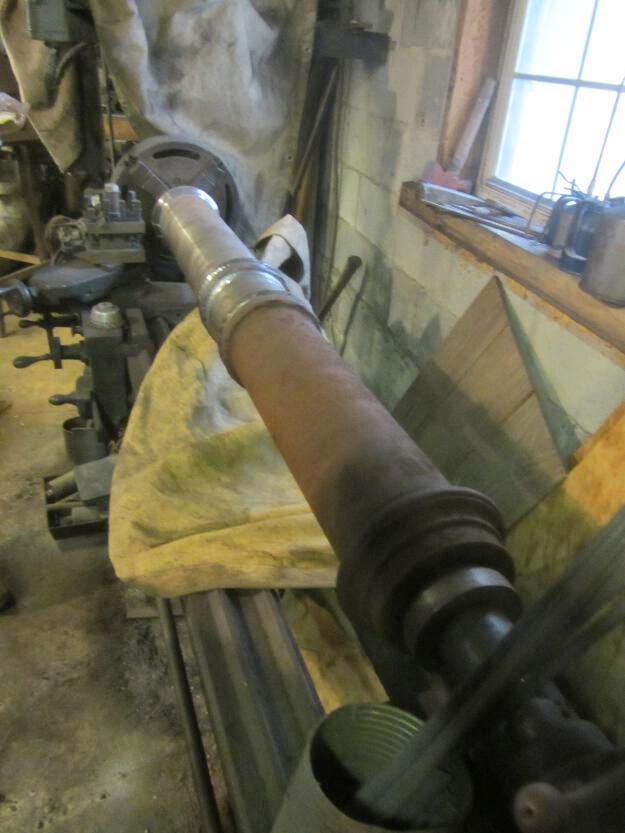We had the privilege of meeting our blacksmith neighbor, Charlie, two years ago at a festival. Jon and I were mesmerized watching him hammer away at a red-hot piece of metal while talking to others about the art of blacksmithing. He had an infectious personality with a knack for educating others and we just had to talk to him. Some time during our conversation with Charlie we learned that we only live about a mile from each other! Charlie and his wife Evelyn, are one of those neighbors you are happy to wave to when they drive by, and they never miss a honk of the horn when they see us. They are pretty awesome people to know, and give more than a generous amount of their time volunteering at the Heritage Farm Museum in Huntington, WV.
When I asked Charlie how he learned the trade of blacksmithing, he said, "I just taught myself along the way. If you want to learn something, you can find the information in a bunch of places. Don't be afraid to fail." Charlie is truly an inspiration with a myriad of knowledge. Him and his wife built their own home here in West Virginia using their own mill and have a lot of general knowledge about the area and homesteading. Before leaving West Virginia, I wanted to take something unique with me from the area, so I asked Charlie to make us a functional knife, not just something decorative. The knife handle is made from myrtlewood, a native evergreen from Oregon that a deceased friend (and coworker) gave to us during our five year stay in Portland, OR. We have carried this block of wood with us for years, reserving it for something special because it is a unique hardwood from a special friend. The seven inch hand-forged blade is 51-60 steel. The sheath was hand-stitched by Charlie as well. All together, the knife is a blend of OR and WV.






















